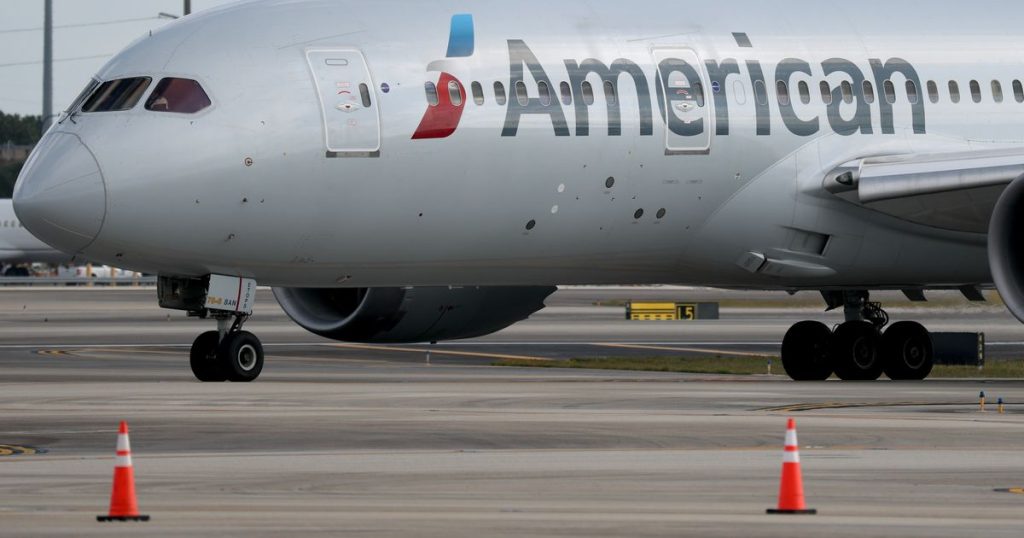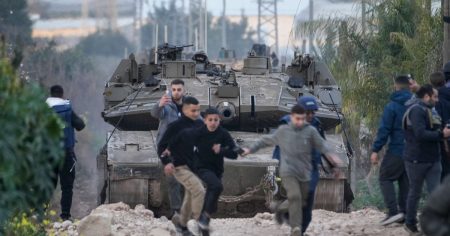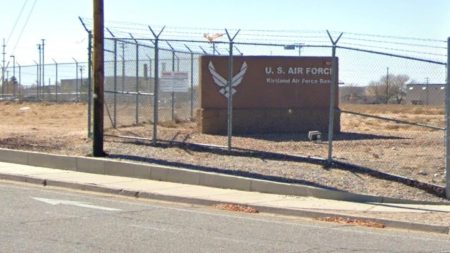American Airlines Flight Diverted to Rome Due to Security Concern
An American Airlines flight traveling from New York to New Delhi, India, made an unexpected landing in Rome on Sunday afternoon after a security concern prompted the diversion. The incident, which later proved to be a non-credible threat, occurred aboard American Airlines Flight 292, which was subsequently inspected by law enforcement and cleared for departure. The airline emphasized that the precautionary measures were part of standard protocol when such concerns arise, ensuring the safety of all passengers and crew. Despite the initial alarm, the flight was allowed to continue its journey to New Delhi after a mandatory overnight stay in Rome to accommodate crew rest requirements.
Passenger Reactions to the Diversion
Passengers on board the flight experienced a mix of calm and anxiety as the situation unfolded. Neeraj Chopra, a passenger traveling from Detroit to visit family, recalled the captain’s announcement about a change in “security status” that necessitated the diversion. Initially, the mood on the plane remained composed, but tension rose when the captain later revealed that fighter jets would escort the aircraft to Rome. “I felt a little panic,” Chopra admitted, expressing confusion and concern about the nature of the threat. Similarly, Jonathan Bacon, a 22-year-old passenger from Dayton, Ohio, described the sharp turn the plane took away from New Delhi and toward Rome, which he tracked on the seatback flight monitor. The lack of internet access for much of the flight added to the uncertainty, leaving passengers reliant on sparse updates.
Security Measures and Landing in Rome
Upon landing at Rome’s Leonardo da Vinci International Airport, the plane was greeted by fire trucks stationed on the runway, and passengers were escorted to the terminal for additional security screenings. These screenings, which included checks of both passengers and their personal items, were described as time-consuming and “slightly heightened,” reflecting the gravity of the situation. While the airport continued to operate normally, the diverted flight caused significant delays, with some passengers waiting over two hours for their checked baggage, which was also subjected to security checks. The extended wait and the rigorous screening process underscored theernerse precautions taken to ensure safety in the face of potential threats.
The Wait in Rome and Resumption of Flight
The diversion to Rome resulted in an unexpected overnight stay for passengers, who were forced to endure a prolonged and unconventional layover. Jonathan Bacon noted that the experience was far from ordinary, describing it as “the longest flight to Europe I’ve ever taken.” Despite the challenges, the airline worked to accommodate passengers, ensuring their safety and comfort as they waited for the flight to resume. By Monday, the aircraft was cleared to depart for New Delhi, marking the end of an ordeal that, while unsettling, ultimately ended without incident.
Reflections on Air Travel Safety
The incident serves as a stark reminder of the complexities and vulnerabilities inherent in modern air travel. While the diverted flight underscored the robust security protocols in place to address potential threats, it also highlighted the human side of such events, where passengers and crew must navigate uncertainty and discomfort. The role of law enforcement and airport authorities in swiftly responding to and resolving the situation demonstrates the coordinated efforts that go into maintaining passenger safety. At the same time, the experience raises questions about the balance between security and convenience in an era where threats—both credible and non-credible—can disrupt even the most routine journeys.
Conclusion: A Lesson in Vigilance and Resilience
As the passengers of Flight 292 resumed their journey to New Delhi, the incident left behind a trail of reflections on the state of air travel today. While the non-credible threat may have caused inconvenience, it also reinforced the importance of vigilance and preparedness in ensuring passenger safety. For those on board, the experience will likely remain a memorable, if unsettling, reminder of the unpredictable nature of air travel. As airlines and authorities continue to refine their response to potential threats, the resilience of passengers and crew alike remains a cornerstone of navigating such challenges with confidence and composure.















